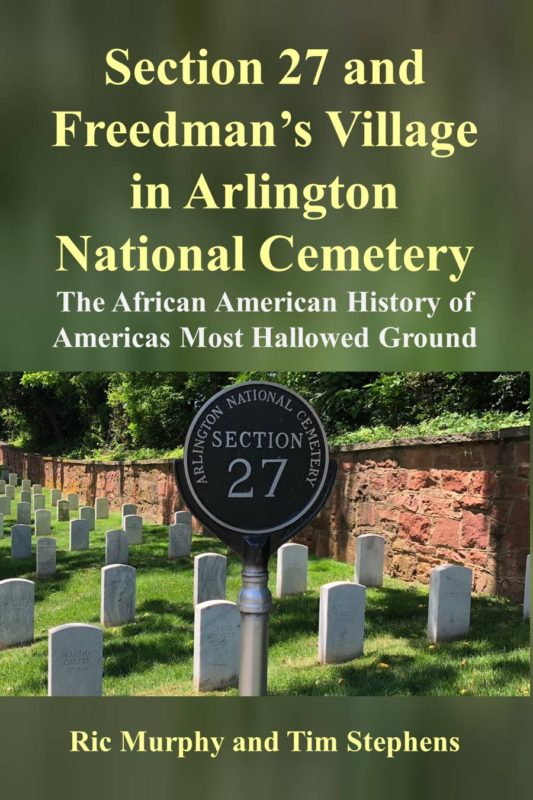Section 27 and Freedman’s Village in Arlington National Cemetery: The African American History of America’s Most Hallowed Ground
From its origination, Arlington National Cemetery's history has been compellingly intertwined with that of African Americans. Section 27, the winner of the Phillis Wheatley Award for Historical Nonfiction Historical Research-Era--Sons & Daughters of the United States Middle Passage book explains how the grounds of Arlington House, formerly the home of Robert E. Lee and a plantation of the enslaved, became a military camp for Federal troops, a freedmen's village and farm, and America's most important burial ground. During the Civil War, the property served as a pauper's cemetery for men too poor to be returned to their families, and some of the very first war dead to be buried there include over 1,500 men who served in the United States Colored Troops. More than 3,800 former slaves are interred in section 27, the property's original cemetery.
More info →RADM Larry Chambers, USN: First African American to Command an Aircraft Carrier
The first African-American aircraft carrier commander, Rear Admiral Lawrence Cleveland Chambers (1929– ) played a prominent role as captain of the USS Midway during the Vietnam War. During the evacuation of Saigon—known as Operation Frequent Wind—he famously ordered several UH-1 helicopters pushed overboard to make room for an escaping South Vietnamese Air Force major to land his Cessna. Chambers, who had only commanded Midway for a few weeks, gave the order believing (wrongly, it turned out) that he would be court-martialed for the $10 million loss. This biography covers his early life and military career, including his role in the desegregation of the U.S. Navy during a period racial strife.
More info →








